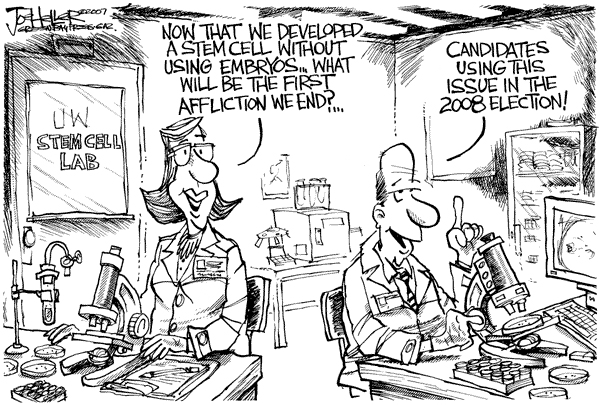Source: http://www.gov.ns.ca/tran/highwayops/bridgereport.asp
Professional engineers working for Nova Scotia Department of Transportation and Public Works decide which bridges in the province require replacement.
Decisions for steel truss bridges are based on condition, serviceability (ie. traffic volumes, etc.) and operational factors.
Bridge condition is determined by the National Bridge Inventory or NBI, and by detailed inspections. NBI is a national bridge inspection standard protocol introduced in the early 1970s by the federal government in the United States. It is a safety rating used by inspectors with the Nova Scotia Department of
ransportation and Public Works.
The serviceability criteria is a measure of the importance of the bridge to the general public and to local businesses. It deals with such items as clearances, roadway alignment and width, detour length, and traffic safety features. The volume of traffic and the numbers of trucks, emergency vehicles and school buses are also considered.
Operational factors are determined by each district. They include factors such as the importance of the bridge to the community and difficulty and costs of maintaining the existing structure.
The NBI or safety rating is the most important factor in deciding which bridges are replaced. It measures the structural condition of each bridge and rates items on a scale of 0 to 9, with 9 rated as excellent and 0 as failed.
When assessing a bridge, the department counts the NBI rating for 50 per cent of a total score. Serviceability counts for 35 per cent, and operational factors 15 per cent. The lower a bridge's total, the higher a priority it is. Safety is the Department's primary concern.
It is noted that the NBI ratings are used as a guideline to the condition of the bridge. Lower condition ratings are considered a flag, calling for a detailed inspection of that part of the structure. After the detailed inspection a more exact rating of the bridge can be determined.
The NBI rating defaults to the lowest mark on any part of the bridge, essential or non-essential.
NBI works on the following rating system:
| 9 | EXCELLENT CONDITION |
| 8 | VERY GOOD CONDITION - no problems noted |
| 7 | GOOD CONDITION - some minor problems |
| 6 | SATISFACTORY CONDITION - structural elements show some minor deterioration. |
| 5 | FAIR CONDITION - all primary structural elements are sound but may have minor section loss, cracking, spalling or scour. |
| 4 | POOR CONDITION - advanced section loss, deterioration, spalling or scour. |
| 3 | SERIOUS CONDITION - loss of section, deterioration, spalling or scour have seriously affected primary structural components. Local failures are possible. Fatigue cracks in steel or shear cracks in concrete may be present. |
| 2 | CRITICAL CONDITION - advanced deterioration of primary structural elements. Fatigue cracks in steel or shear cracks in concrete may be present or scour may have removed substructure support. Unless closely monitored it may be necessary to close the bridge until corrective action is taken. |
| 1 | IMMINENT FAILURE CONDITION - major deterioration or section loss present in critical structural components or obvious vertical or horizontal movement affecting structure stability. Bridge is closed to traffic but corrective action may put back in light service. |
| 0 | FAILED CONDITION - out of service - beyond corrective action |
Joyce Comments: If the chart above were used to evaluate Interstate 35W in Minnosota which crumbled last night during rush hour, it would likely get rated a two. Here in the United States, we have no such simple and effective system, so dire repairs like this get put off so that unrelated social government programs instead can be created and funded.

































No comments:
Post a Comment